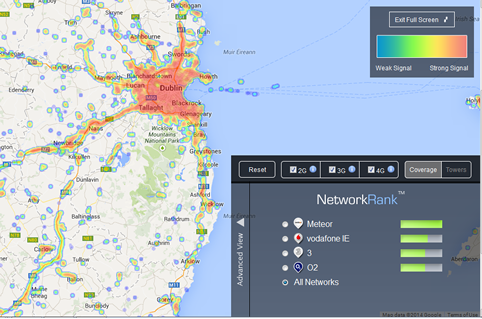Over on mobiForge, dotMobi's mobile and web technology resource site for developers, designers and those working with mobile and web, we investigate how constrained connectivity can impact on visitors' UX. Even in large urban areas, which are well served with cell tower coverage, the realities of the built environment can intervene to make experiences slow. Read the full article on mobiForge here: RWD: Responsible Web Design and how websites cope with compromised connectivity.
mobiForge looked at some major brand’s web presences to see how they would fare on a mobile network connection under some common everyday circumstances such as browsing at home, on public transport, in the office, or out and about for a mix of sites (3 responsive and 3 mobile specific), and several devices.
Given the generally accepted rule of thumb that users will not wait longer than 3 seconds for a site to load before abandoning it, many sites did not cater well to users on less than optimal connection speeds.

Theoretical network coverage not always the reality (image: Opensignal)
If connectivity can be compromised in urban locations with well developed network infrastructures, then the cumulative effect of poor connectivity coupled with heavy sites is major urban centres around the world is significant. How many site visitors simply move on when they can't connect to a weighty site on their available connection?
Considering that there were 6.8 billion mobile cellular subscriptions (phones and broadband) worldwide at the end of 2013 which represents a 96% penetration, that adds up to alot of visitors who are unable to engage with web content at least some of the time. Potentially this runs to billions in lost revenues. Companies with an user-centric focus factor in the real world connectivity concerns to their web strategies for this reason. Connectivity constraints may be difficult to design for, but optimizing sites according to different connectivity conditions is something that is within the control of companies publishing web content, even if guaranteeing network speeds isn't. Read the full article.



